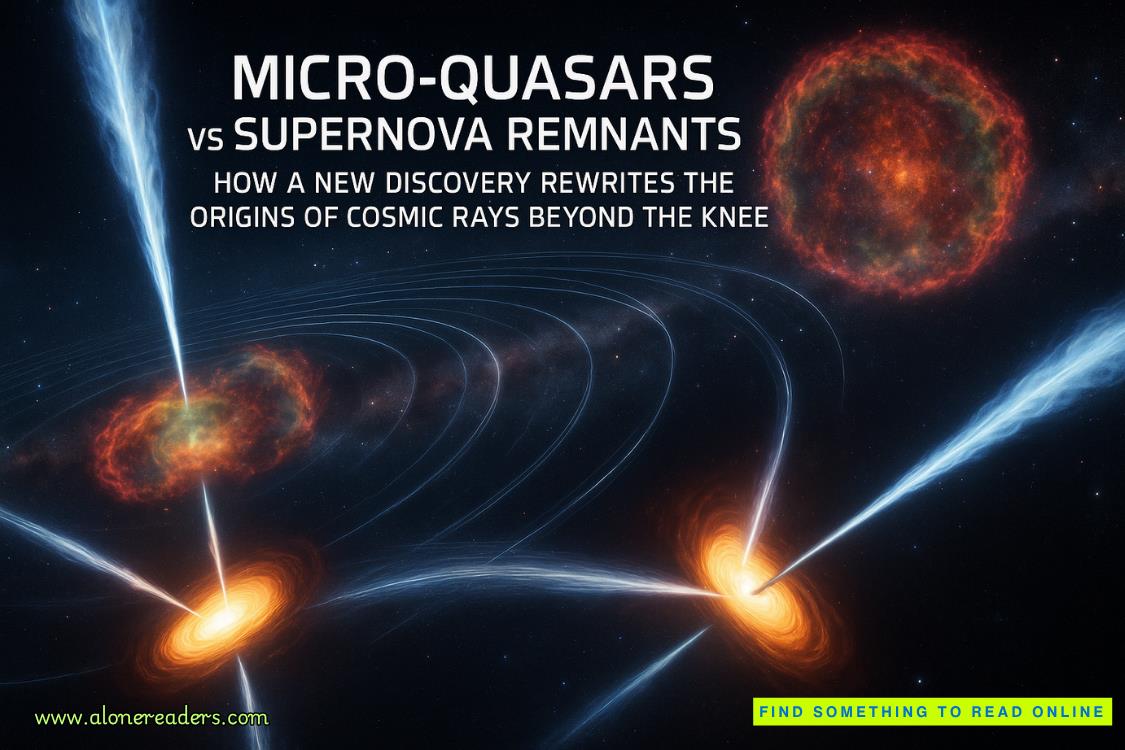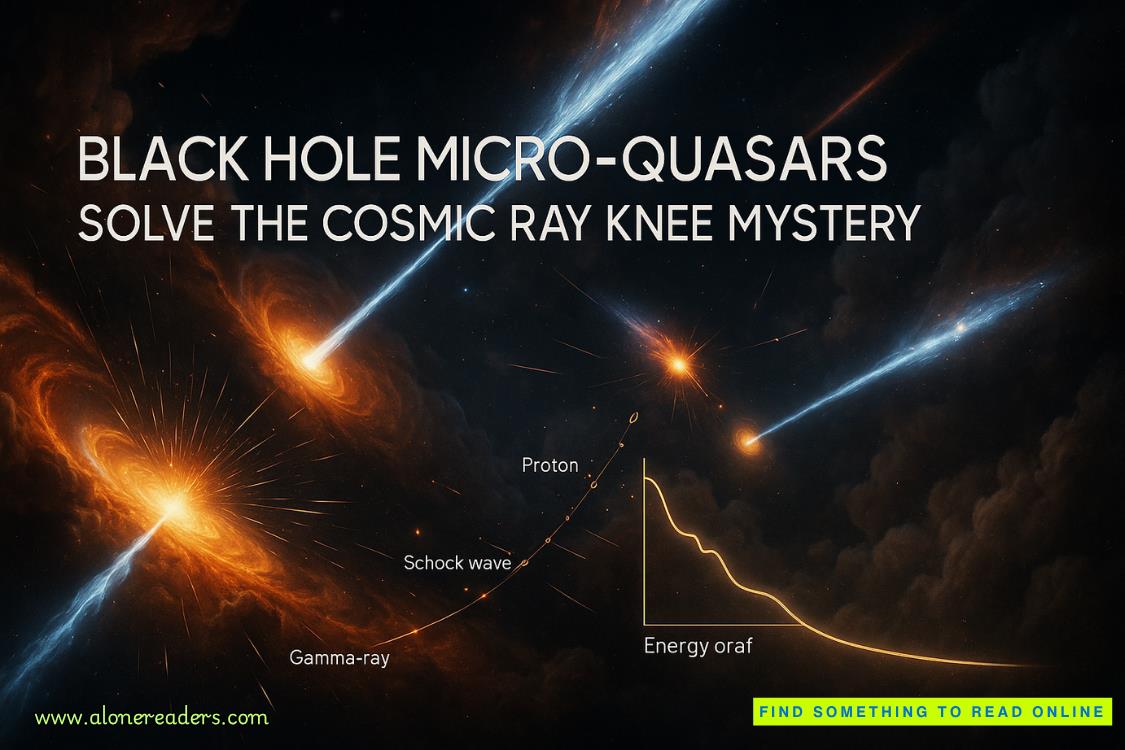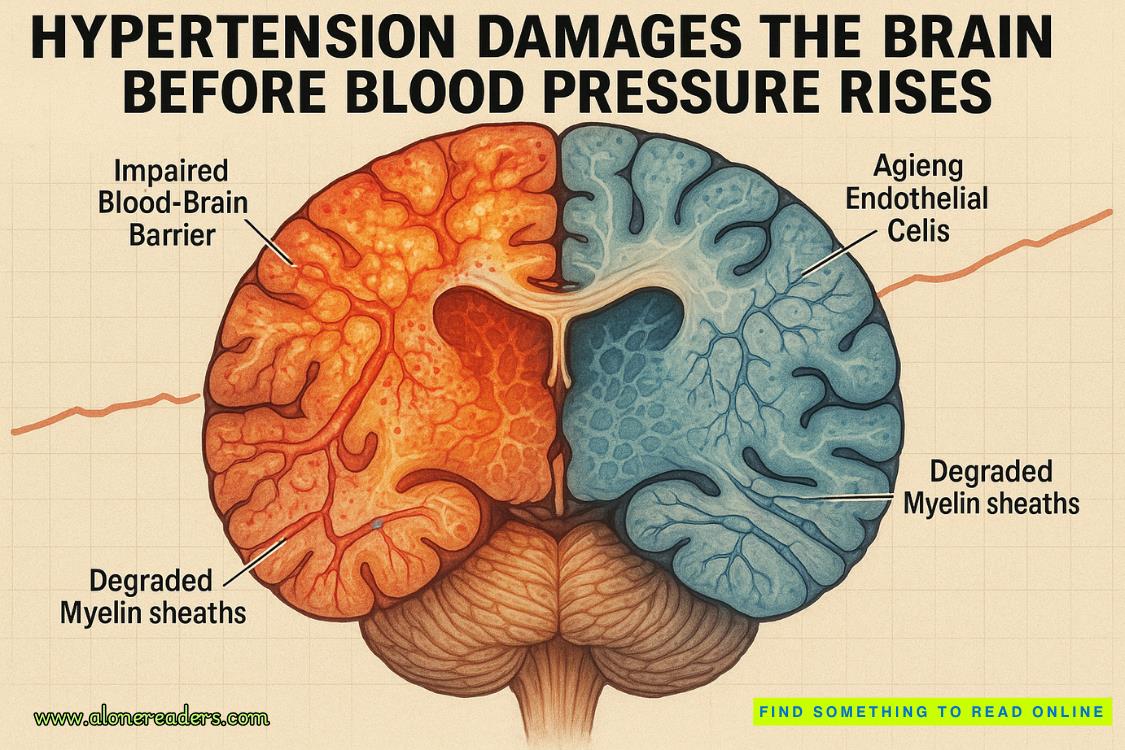Page 2 of Nebula Hearts
“No,” Tynrax says.
“Maybe later,” I say simultaneously.
Sarpi’s grin widens. “So that’s a ‘We’re arguing about it.’”
“We’re not arguing,” Tynrax says. Still calm. Which somehow makes it more frustrating. “Dr. Saavik is expressing professional interest. I’m prioritizing mission objectives.”
“Dr. Saavik thinks the Commander is being unnecessarily rigid,” I mutter.
“The Commander thinks Dr. Saavik gets distracted by interesting rocks when people’s lives depend on us.”
Okay, that’s fair. I DO get distracted by rocks. But also, I resent the implication that I don’t care about the colonists. “I care about the mission. I also care about thorough geological assessment. What if that formation indicates subsurface chambers? What if the relay’s foundation is compromised by voids we don’t know about?”
“After the relay assessment.” He uses his commander voice now. Formal. Flat. “Our first priority is determining the extent of that damage and whether repairs are feasible within our timeline. Once we’ve completed that assessment, if time permits, we can investigate geological curiosities. Clear?”
I want to argue. Want to point out that I could survey the fissure in thirty minutes while he and Sarpi handle initial diagnostics. Want to explain that ignoring potentially significant geological features is bad science and worse safety protocol.
But that’s not going to get me anywhere.
“Clear, Commander.”
“Good.”
We reach the relay station fifteen minutes later. The structure rises about fifteen meters, all function and no aesthetics. Solar arrays spread around it, collecting energy and feeding it into the transmission system that beams power down to Prospect’s End.
Most of the arrays are intact. Several aren’t.
The damage is immediately visible. One section of the transmission housing has collapsed. Three arrays are down.Foundation shows stress fractures. Support struts bent at angles that make me wince.
“Well,” I say. “That’s not great.”
Tynrax circles the structure, pulling out his diagnostic scanner.
“Two days minimum,” he says without looking up. “Possibly less if we’re lucky.” He gestures at the stress fractures. “Tell me if this is going to collapse.”
Right. My job. I start taking readings. Subsurface composition, stress distribution, seismic stability. The numbers build a picture in my mind of what’s happening beneath our feet.
Foundation damaged but stable as far as I can see, but there’s something tickling the edge of my sensors.
“Foundation looks solid,” I report. “Stress fractures are superficial. We’re clear to make repairs unless we get another quake.”
Tynrax nods, filing that away.
I move around to the other side of the foundation, scanning the stress patterns. He’s already there, crouched low to examine a support strut. I stop short.
“Sorry,” I say.
He glances up. We’re close. Closer than I realized.
“You need this section?”
“Yeah, I...” I step to the side. He moves the same direction. We both freeze.
“Left or right?”
“Left.” He moves right, giving me space.
I crouch where he was kneeling. The stone still holds warmth from his body heat. My scanner beeps. I focus on the readout. The numbers make sense. That’s good. Numbers always make sense.















